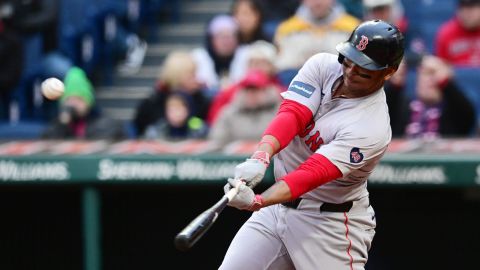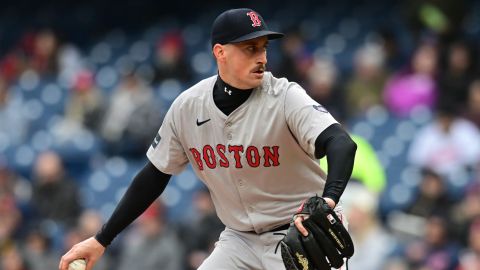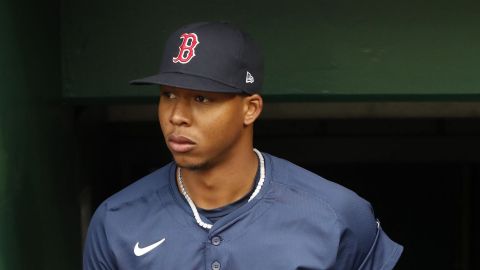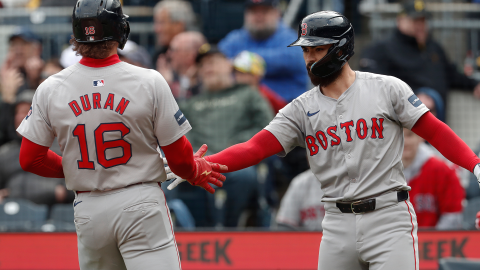 BOSTON — Open auditions continue for the Red Sox.
BOSTON — Open auditions continue for the Red Sox.
The Red Sox’s 2015 starting rotation could look significantly different than the one being used by Boston over the final few weeks of the 2014 season. That reality doesn’t detract from the importance of the current evaluation period.
“This is a completely different environment than spring training. This is the best gauge that we have available to us to factor into decision-making this offseason,” Red Sox manager John Farrell said Tuesday while discussing the significance of the final two-plus weeks in assessing the club’s young starters. “We know that we have to continually address our pitching staff. And that’s not to slight the guys that are here now. That’s just to get the best assessment that we can and put together a pitching staff that will be improved over the one we had this year.
“We need to get the best read we can,” Farrell continued. “We don’t know who will be available or what changes, additions we might make, so knowing our own people is the priority right now.”
Red Sox general manager Ben Cherington said several times after Boston traded four-fifths of its Opening Day rotation at the Major League Baseball non-waiver trade deadline that the club figures to be active on the starting pitching market this winter, whether it is through trades or free agency. It’s likely that some combination of the current unit will remain in place, however, which means it’s important for the Red Sox to determine where exactly everyone is in their development.
Rubby De La Rosa, Brandon Workman, Anthony Ranaudo and Allen Webster have had varying degrees of success at the major league level, so while there’s certainly a lot of potential on the roster, much of it remains untapped. The Red Sox will be looking for each pitcher to show something down the stretch that suggests he’s capable of carving out a big league role in 2015.
“Guys are going to do it differently. Some guys are going to be contact, ground ball guys. Other guys are going to be fly ball, swing-and-miss (guys), based on their strengths,” Farrell said. “To me, it’s handling the emotion inside of a given inning. Can they make an adjustment within a pitch or two so an inning doesn’t unravel and get away from them? And if they’ve got the ability to get 21 outs versus 15, that’s a world of difference.”
Farrell acknowledged that too much stock can’t be put into a handful of starts, especially with young pitchers still getting acclimated to life in The Show. There are adjustments that come with dealing with a major league strike zone, new lineups, new defensive alignments, etc. Once a pitcher nears a double-digit start total, however, the muddy waters start to clear a little bit, even if the hurler is far from a finished product.
“Do they have a putaway pitch? Is there some late-action pitches that will allow them to get a key strikeout with men in scoring position and less than two outs? That’s all part of evaluating and getting a read on where you can slot them in and maybe get a further projection of their performance,” Farrell said. “That’s why spring training versus now — seeing them against everyday major league lineups — this is a key time for us.”
The open auditions might not rival a playoff push. But they’re critical, nonetheless.




